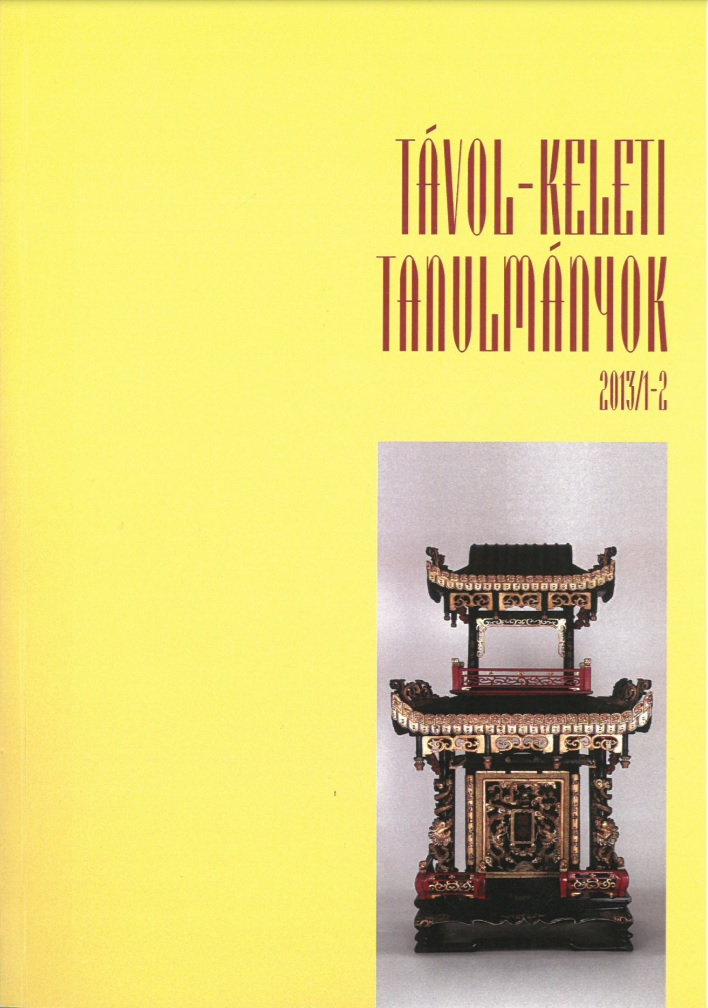Published 2014-10-03
How to Cite
Copyright (c) 2014 the author(s)

This work is licensed under a Creative Commons Attribution-NonCommercial 4.0 International License.
Abstract
The first half of the 17th century was a difficult age for the samurai 侍 looking for their place in the prolonged peace, wishing to keep up with their identity as warriors. Deeds providing a chance to prove the essence of the samurai, i.e. loyalty and self-sacrifice in the service of their lord, were very popular, prompting epidemic measures of the strange custom of junshi 殉死, following one’s lord into death. The tradition originating in ancient Japan disappeared for centuries but was rediscovered with the raise of the samurai; still, until the 17th century, this custom was relatively rare phenomenon, though it spread rapidly amongst the samurai of the Tokugawa era. This article explores the history of junshi in Japan, explaining the process up to the early modern era, then the attempts of the shōgunal government to control, and finally to prohibit this practice.
